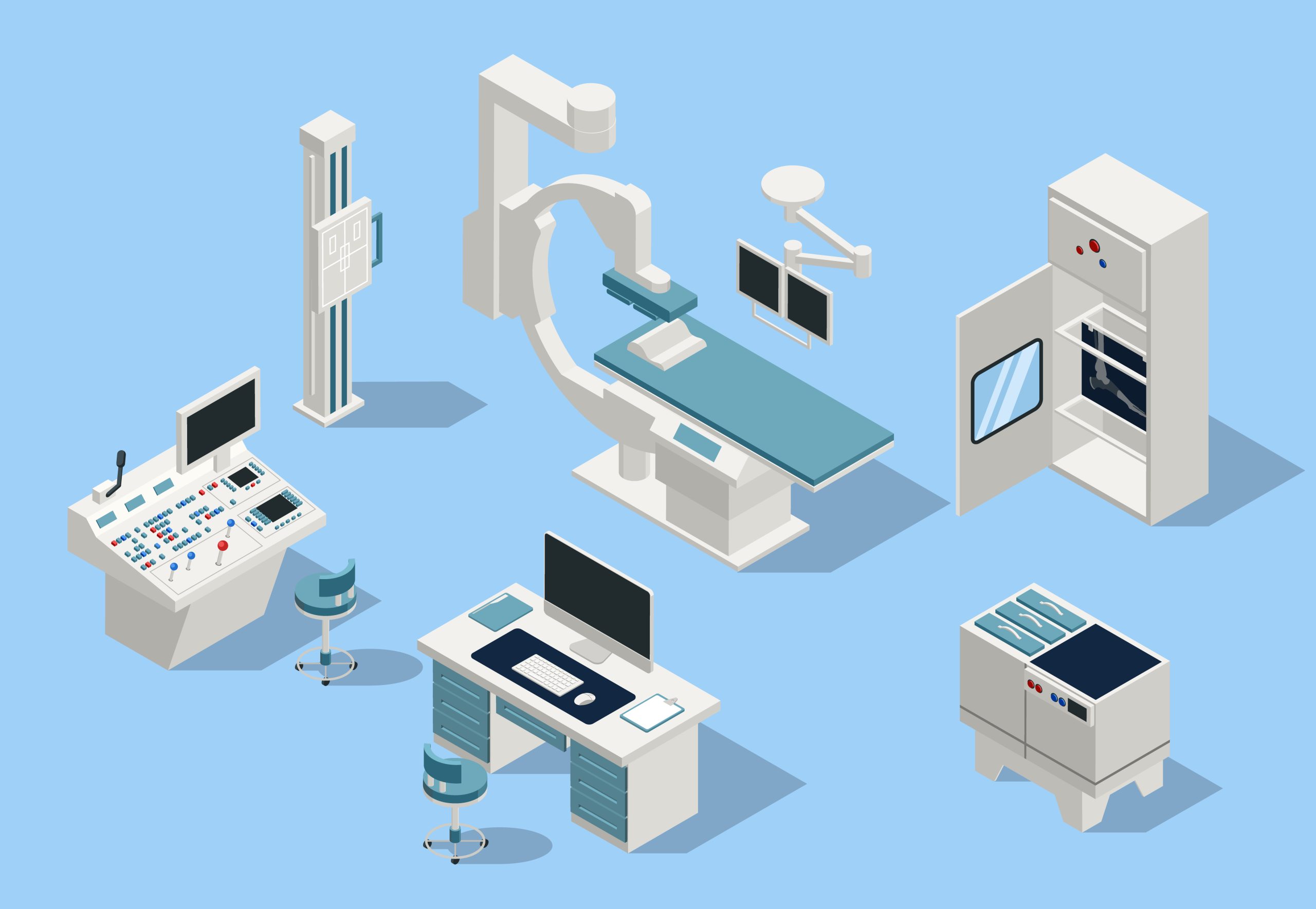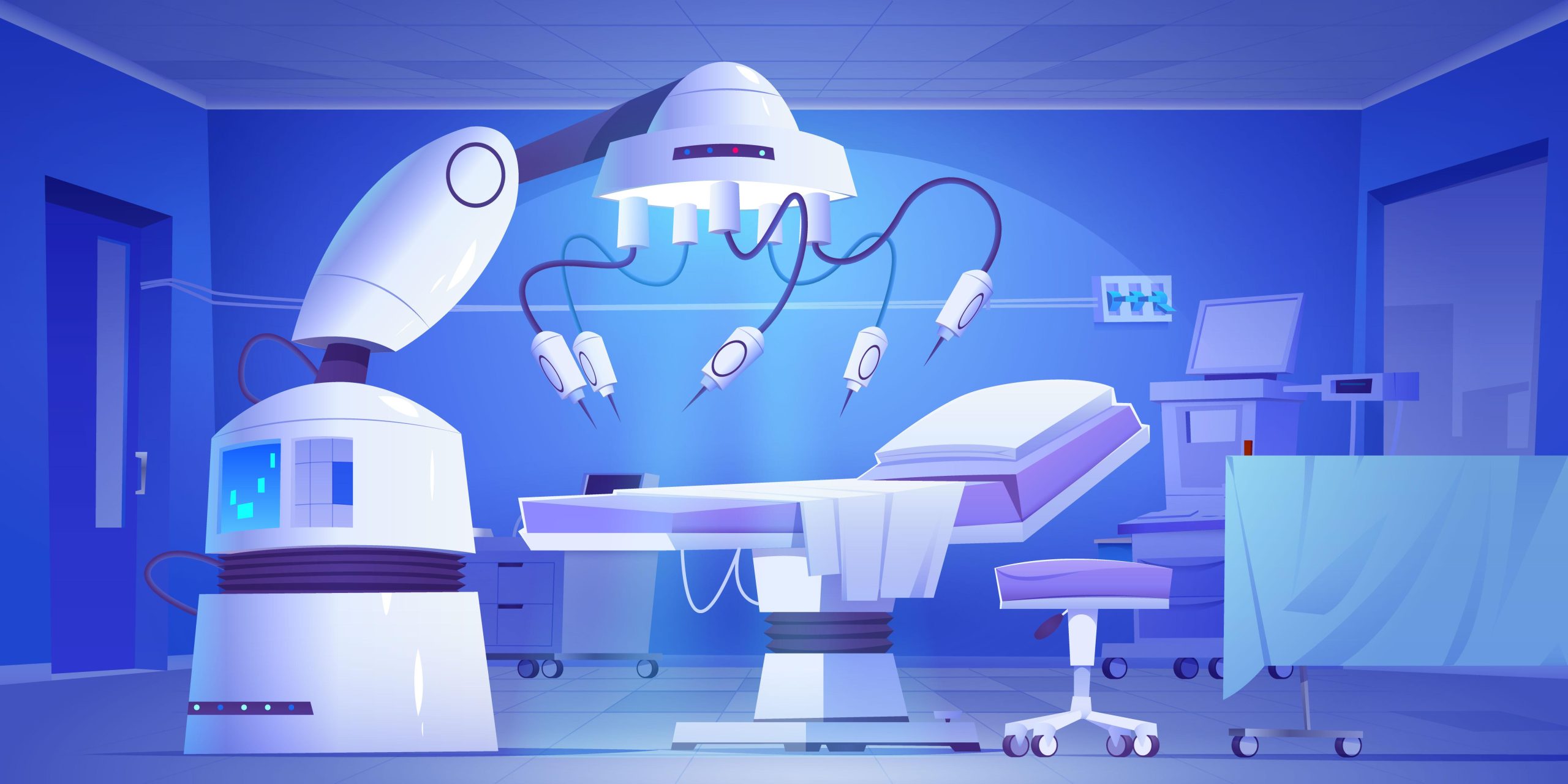Manufacturing medical devices is primarily a complex and difficult process. In general, it involves a combination of engineering precision and biomedical science. This is why this process goes through multiple regulations. Apart from that, manufacturers have to comply with different safety standards.
Basically, the lifecycle of a medical device starts from conception. Finally, it ends up in commercialization. Meanwhile, every stage in the lifecycle requires technological advancements. Also, there is a big requirement for regulatory oversight. Also, those devices must meet specific clinical needs.
In addition to that, healthcare is constantly becoming dependent on technology. Read on to have a good idea about the technological dimensions of the lifecycle of medical devices.
What Is the Lifecycle of a Medical Device? – Crucial Phases
The following are the major stages in the lifecycle of a medical device that you must know about:
1. Concept and Feasibility
In general, every medical device starts as an idea. Basically, the aim is to solve a particular healthcare problem. Apart from that, at this early phase, engineers and medical experts collaborate. This way, they test the concept’s feasibility.
Key questions include:
- Is the idea technologically viable?
- Does the device meet a new medical need?
- What are the probable risks of developing the device?
In addition to that, experts use modern software tools, including computer-aided design (CAD) and simulation platforms, to test their ideas virtually. Hence, due to this digital prototyping, teams are able to iterate quickly and with less expense. Also, they find out potential flaws or improvements before building any physical model.
2. Design Phase and Building a Prototype
After the manufacturers agree that a concept is feasible, they start working on the design phase. This involves bringing out detailed blueprints and ending up with the right materials. In fact, they do this as per performance, biocompatibility, and regulatory considerations.
During this stage, they develop physical prototypes. They do this by making use of cutting-edge manufacturing techniques.
One example of such technology is additive manufacturing or 3D printing. Apart from that, when it comes to early-stage prototypes, manufacturers use FDM 3d printing services (Fused Deposition Modeling). This is because they are generally affordable and have quick turnaround times.
In addition to that, FDM 3D printing also aids developers in quickly producing functional models. They do this for surgical instruments, orthopedic devices, and more. This way, they are able to facilitate hands-on testing and iterative improvement.
3. Performing Preclinical and Clinical Testing
After the design phase, the experts validate a prototype in the lab. Then the prototype goes through rigorous testing. This helps to ensure the safety and efficacy of the instrument.
Basically, the testing starts with preclinical studies. In this case, the tests include mechanical stress testing, sterilization validation, and biocompatibility evaluations in simulated environments.
Apart from that, advanced imaging and sensor technology also help in monitoring device performance in real-time. Meanwhile, if the device passes preclinical testing, it goes through clinical trials. This time, the test is on human participants. That is why this stage is critical. This is where the experts collect real-world performance data.
In such cases, technologies such as cloud-based data platforms and wearable health monitors help a lot. For instance, they help to gather and analyze data efficiently. Hence, it accelerates the feedback loop and improves trial outcomes.
4. Approval from Regulatory Bodies
Every medical device has to comply with medical and usage regulations. In general, authorities like the FDA (U.S.), EMA (Europe), or other regional bodies set those regulations.
Hence, in this process, the manufacturers have to submit comprehensive technical documentation, results of risk assessments, and trial results. Apart from that, regulatory agencies also expect digital traceability. Moreover, they also have to share cybersecurity plans for connected devices.
This is where software plays a big role. In this case, three types of software systems help to streamline the compliance procedure:
- Quality Management System (QMS) platforms
- Electronic Document Management System (EDMS), and
- Product Lifecycle Management (PLM) platforms.
Primarily, these tools help to check whether the documentation is up to date. Apart from that, it also checks its traceability and finds out whether it is aligned with regulatory requirements.
5. Manufacturing Phase and Scaling

If the product has received regulatory clearance, the manufacturers approve the product for full-scale production. In this case, they use advanced manufacturing technologies. The following are some examples:
- Automated CNC machining
- Injection molding
- Industrial 3D printing, and more.
Basically, the manufacturers use these technology systems to maintain consistency and scalability. In addition to that, they also use Robotics and IoT-enabled production lines to improve quality control processes and reduce human error.
Apart from that, technology also helps to support supply chain transparency. In general, RFID tagging, blockchain-based logistics, and AI-powered demand forecasting help manufacturers to manage global distribution effectively. Also, it helps them to reduce time to market the product and minimize waste.
6. Post-Market Surveillance and Maintenance
In some cases, the lifecycle of a medical device might not end after production. Actually, a post-market surveillance is important to ensure the ongoing safety and performance of the device in real-world conditions.
Apart from that, many digital tools provide ongoing data collection. These include:
- Remote monitoring systems
- Electronic health records (EHRs)
- Patient-reported outcome measures (PROMs)
In addition to that, software updates, cybersecurity patches, and maintenance protocols are really essential for medical devices. AI-driven analytics also helps to identify potential issues before they become critical. This way, manufacturers enable proactive service and recall management.
Medical Device Lifecycle Is Complex
In conclusion, the lifecycle of a medical device is a high-stakes journey that relies heavily on technology at every stage. From conceptual design and prototyping with fdm 3d printing services to large-scale manufacturing and post-market surveillance, innovation in tech not only accelerates development but also enhances safety, efficiency, and accessibility.
As digital transformation continues to shape the healthcare landscape, the integration of smart technologies will become even more vital to the success of future medical devices.
Do you have more information about the lifecycle of a medical device? Consider sharing your information and suggestions in the comments section below.
Also Read:




Leave A Comment